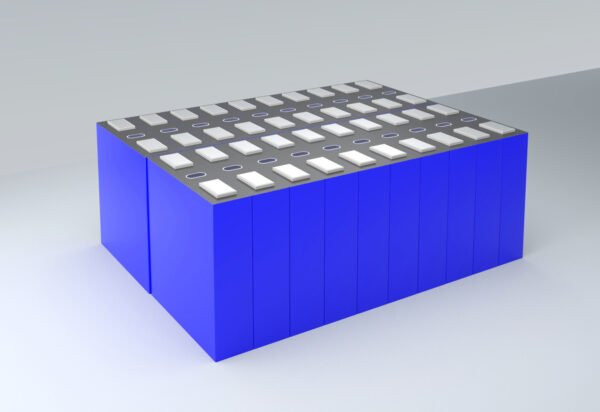1. Charging process
In the low temperature state of the battery, due to the decomposition of the negative active material, the negative active material in the battery is separated from the positive active material and adsorption occurs, so the internal resistance of the battery increases, and at the same time, due to the decomposition of the electrode active material, the internal resistance of the battery increases, so it affects the energy density of the battery, and as a result, the current efficiency of the battery decreases during charging and discharging.
Under low temperature conditions, even if the internal battery is in the working environment of minus 30℃~60℃, the battery will not stop charging reaction. And this phenomenon at low temperatures will exacerbate the internal discharge process of the battery, and the battery capacity decreases dramatically. This is because the low temperature of the battery at low temperatures will lead to the decomposition of active substances inside the battery, resulting in a large amount of oxygen influx into the battery, and in severe cases, even lead to asphyxiation inside the battery and the internal destruction of the battery.
2. low temperature discharge characteristics
The discharge performance of LiFePO4 battery is also affected under low temperature. At room temperature, the surface potential of negative electrode decreases with increasing temperature, the surface potential of positive electrode increases with temperature, and the surface potential of negative electrode decreases with increasing temperature. At different temperatures, there is a significant positive correlation between the trends of positive and negative surface potentials of lithium ion batteries and the negative surface potential. For batteries with lower temperatures, due to the presence of oxygen atoms and lithium atoms in the anode material, its ability to reduce the anode active material is closely related to the temperature.
In addition, the larger capacity range of LiFePO4 battery makes it have better low temperature discharge characteristics. At room temperature, as the temperature rises, LiFePO4 batteries have the characteristics of lower current density, larger capacity range, longer discharge time, higher discharge rate and lower cost, which also makes this type of batteries have more application value and market prospect in low temperature.
3.Thermal management characteristics
As lithium iron battery polarization in the low temperature environment leads to a significant increase in energy consumption, so in the thermal management should be concerned. Battery in use, when the ambient temperature is lower than 30 ℃, the conductivity of the battery deteriorates, the battery will release more heat, which will increase the chances of overcharging or discharging the battery. Batteries react very quickly to heat during use, so the lower the temperature, the more likely the battery overcharge or discharge phenomenon.
Therefore, care must be taken to rapidly reduce the internal temperature of the battery in a short period of time. However, this process will be related to the internal thermal environment of the battery, and if the temperature can be reduced in time, the thermal management performance of the battery can be greatly improved.

